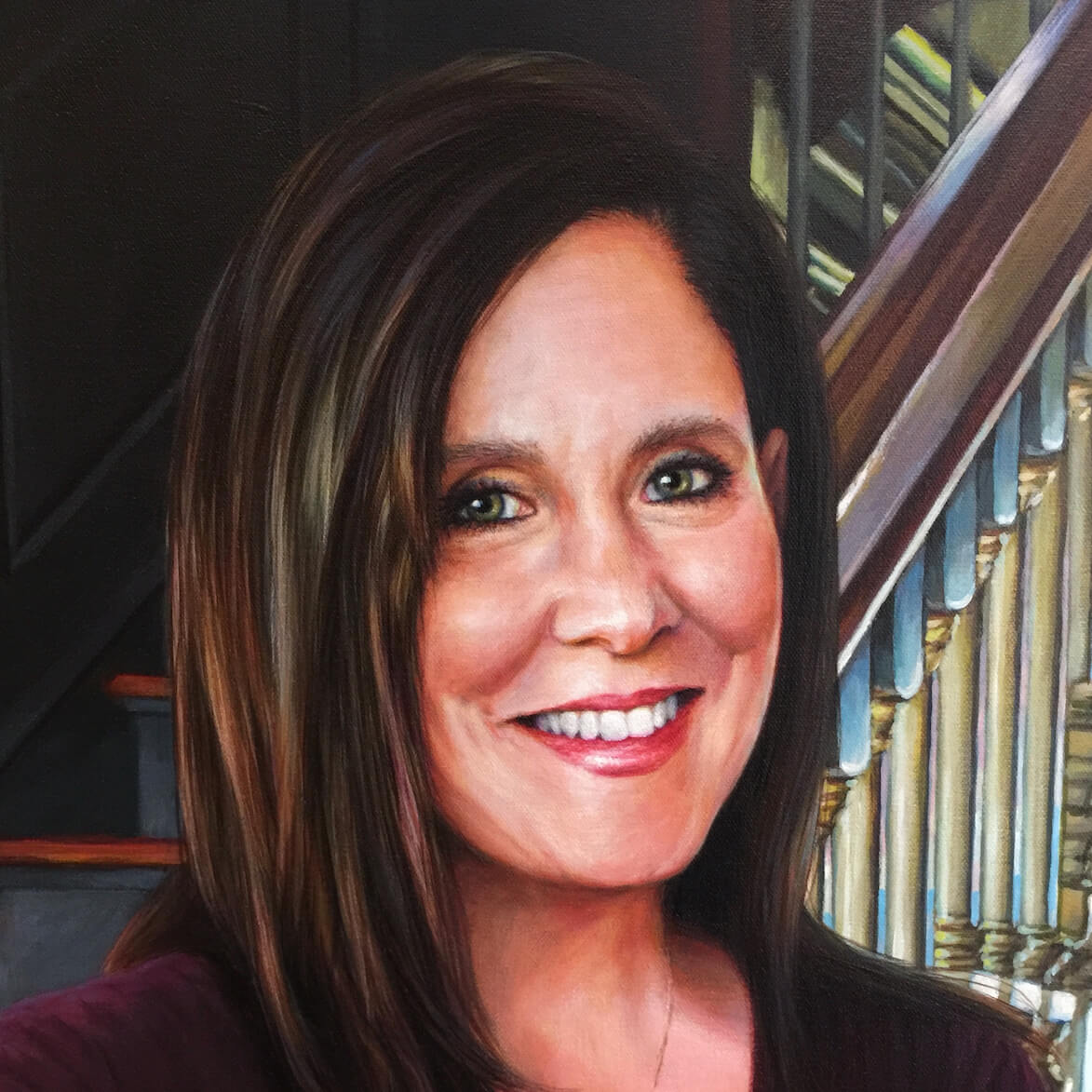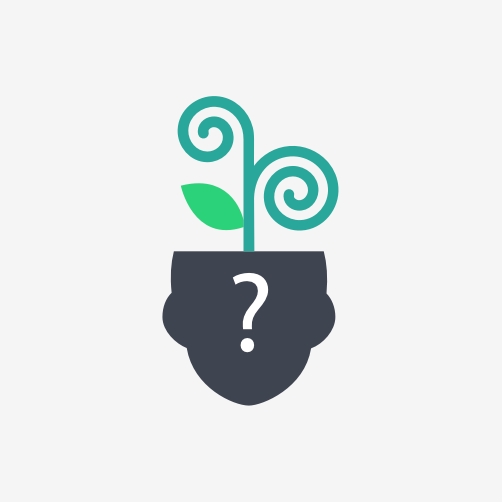If you read these blogs regularly, you probably know by now that not every SOLE goes perfectly. To some, they assume that means that SOLE is ineffective, and they are no longer interested in using it. However, I’d argue that nothing goes right 100% of the time, and honestly if something does it’s probably not truly challenging your students. In addition, I’d challenge them to think about anything in life that goes well 100% of the time. I’ve made my mom’s recipe for brownies probably a hundred times in my lifetime, but that didn’t stop me from forgetting to add flour once. Failure is a part of life– it’s what we do with failure that matters.
But what do we do with failure? Typically, we don’t sit around and bemoan it (at least not for very long). The key thing to do is figure out what happened, and the easiest way to do that is a simple reflection. Walking through your steps, wondering what happened, trying to pin down exactly what went wrong. As teachers, it’s usually pretty easy to see– a student worked with their best friend and was distracted, another student got too focused on one idea and so was unwilling to hear others, etc. However, I’d argue that one of the most beneficial things to do is have the students figure that out. Sure, you can tell them that they should do something differently next time, but nothing sticks quite like experience. Plus, reflection has been shown to improve academic performance.
According to a study done by McCrindle and Chistensen, students who kept a reflection journal for their biology course “used more cognitive strategies during a learning task . . . and showed more sophisticated conceptions of learning, greater awareness of cognitive strategies, and demonstrated the construction of more complex and related knowledge structures.” (Source) Students also did better on their final exam (which, in today’s endless testing, is nothing to sneeze at).
Reflection may not be a specific part of the SOLE three-step process, but personally, I would highly recommend it. They don’t have to be complicated– I most commonly used a simple glow and grow at the end of presentations, where students had to tell me one thing they did well, and one thing they need to work on for next time. If SOLEs hadn’t been living up to my expectations, sometimes I’d do longer written reflections. Either way, the focus was for students to get in the habit of reflecting on their work and trying to make it better. Especially if your students are new to SOLE, reflections are an excellent way to help them adjust to this new style of learning. Even better, by having students go through this mental process, we not only help them figure out the problem but teach them that particular practice. By teaching students to continually reflect, we help prepare them for the future.



